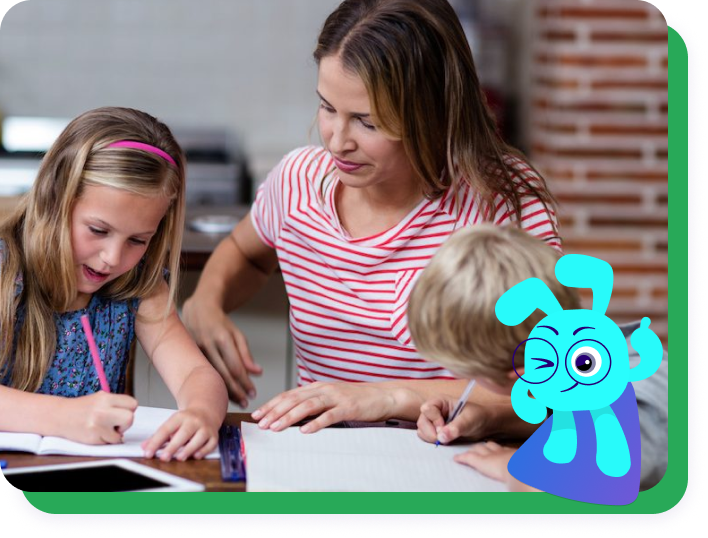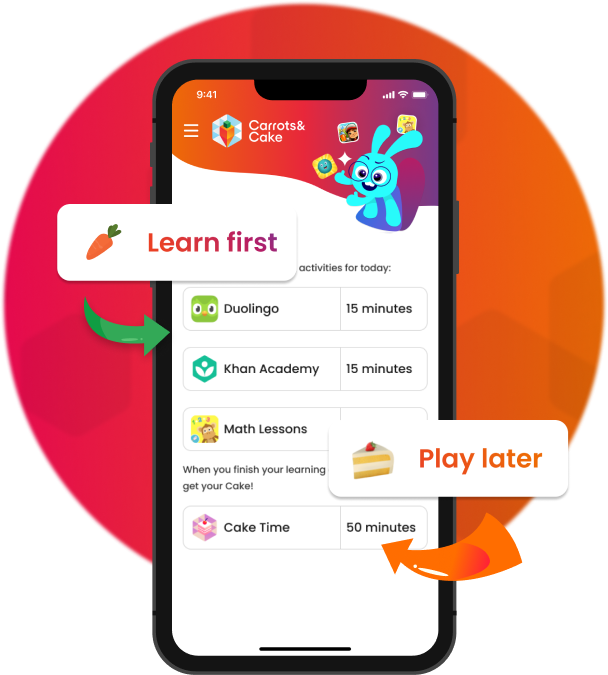

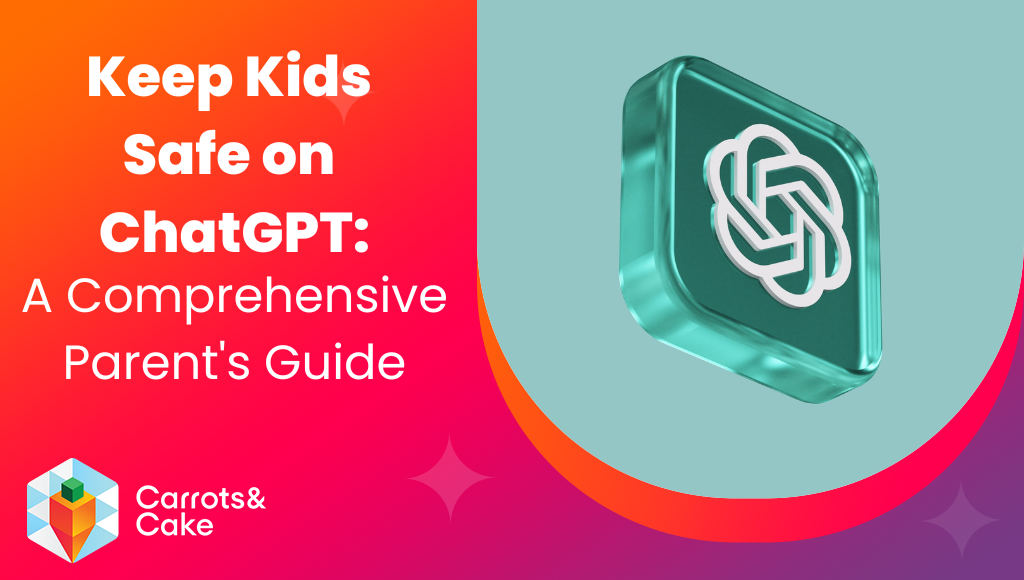
As technology advances, keeping kids safe on chatGPT has become a crucial concern for parents. In this comprehensive parent's guide, we will explore various aspects of ensuring your child's safety, where they can easily access chatGPT and Artificial Intelligence(AI) platforms used for cyberbullying, plagiarism, and engaging in online conversations.
We'll begin by discussing the potential risks associated with children's online activities on platforms like ChatGPT, including exposure to inappropriate content, cyberbullying threats, and concerns about online predators. To help you monitor your child's usage effectively, we will introduce some parental control apps, such as mSpy and others, that can provide valuable insights into their interactions.
In addition to monitoring tools, teaching internet safety measures is vital for empowering young users to navigate technology responsibly. We'll emphasize the importance of protecting personal information online and fostering critical thinking skills in children. Moreover, since AI-generated content raises concerns about plagiarism among young learners, we will share strategies for identifying it and preventing academic dishonesty.
To ensure a healthy lifestyle, we will provide guidance on striking an appropriate balance between digital activities and interpersonal connections. We'll offer tips on promoting face-to-face communication while addressing potential dangers related to cyberbullying incidents within ChatGPT interactions.
ChatGPT is an AI-powered language model designed to engage in conversations with users. ChatGPT may not be suitable for young children aged 3-10 due to risks such as inappropriate content, cyberbullying, online predators, and excessive reliance on technology.

Kids can easily access chatGPT without parental consent or adult supervision, which might expose them to unsuitable content. As a parent's guide to ensuring your child's safety while using this platform, you should always monitor their activities closely when they interact with AI-based tools like ChatGPT.
Sadly, cyberbullying remains a concern even when interacting with advanced technologies like chatbots. School districts are increasingly adopting these tools as part of their educational programs; however, parents must remain vigilant about monitoring their children's online activities in order to prevent any instances of bullying through platforms such as ChatGPT.
The way chatGPT works makes it easier for online predators to exploit its features by posing as genuine users or manipulating the generated responses. It is crucial that parents teach kids how to use technology responsibly so they can avoid falling prey to potential dangers lurking behind seemingly innocent interactions.
For more information on how to keep kids safe online, check out these resources:
It is essential for parents to understand the potential risks of ChatGPT in order to protect their children from any harm. By using parental control apps, such as mSpy and other recommended options, parents can monitor and regulate their child's usage on this platform.
To mitigate risks associated with using ChatGPT unsupervised or without parental guidance, parents can use a parental control app like mSpy, which allows monitoring of their child's conversations while remaining invisible. This helps ensure that interactions remain age-appropriate and safe.
Besides mSpy, there are several other reliable parental control apps available to help keep kids safe while they easily access ChatGPT. Some noteworthy options include:
Remember, using a parental control app is just one part of ensuring your child stays safe online. It's essential to maintain open communication with them about the potential dangers they may encounter and teach them how to use technology responsibly.
Parental control apps such as mSpy can be used to monitor ChatGPT usage, giving parents peace of mind when their children are online. To further ensure the safety of kids on the internet, it is important to teach them proper internet safety measures and develop critical thinking skills in young users.
It is essential to teach kids the importance of protecting their personal information online in order to ensure they are safe when using chatGPT. Having an understanding of how to protect their personal data online will aid children in avoiding potential issues with AI-generated content, such as plagiarism.
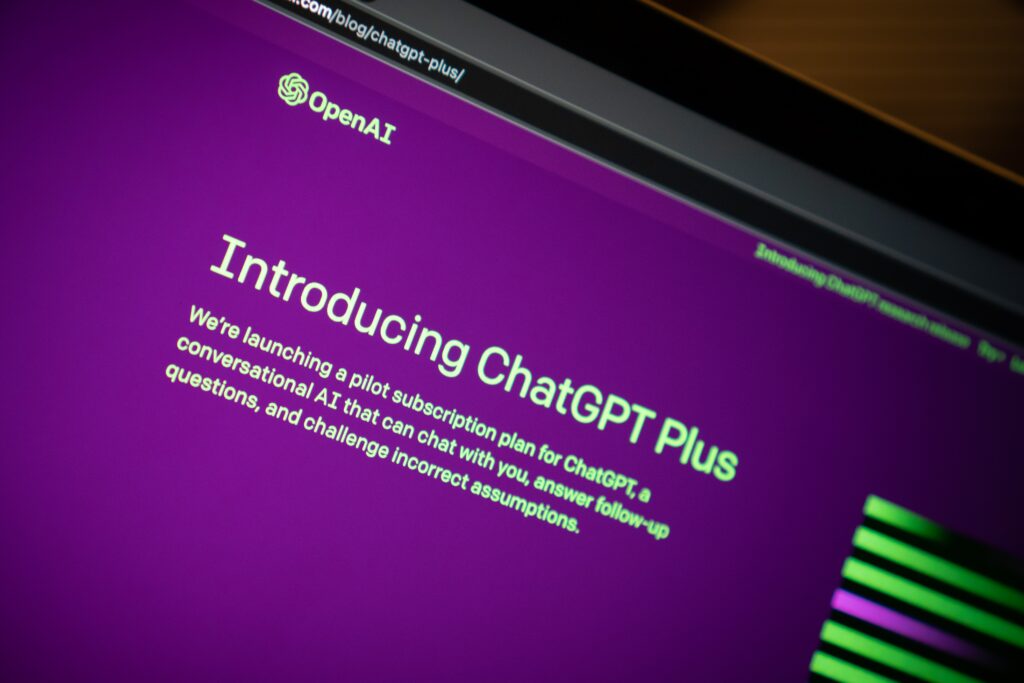
As a parent, it's essential to teach your kids about the consequences of plagiarism when using text generated by tools like ChatGPT. It's important for them to understand how copying material directly from these platforms could negatively impact their academic performance or credibility. In this section, we'll explore techniques for recognizing and avoiding plagiarism in texts created by AI.
AI-generated content can sometimes be difficult to distinguish from original writing. However, there are certain signs that may indicate copied material:
To help detect possible instances of plagiarism, consider using online tools such as Turnitin, which compares submitted work against an extensive database of sources.
Educating children on the importance of producing original work is crucial. Here are some tips you can use to prevent plagiarism while they interact with chatbots like ChatGPT:
By addressing plagiarism concerns early on, you can ensure that your child develops a strong foundation in academic integrity while still benefiting from the advantages of using technology like ChatGPT responsibly.
By recognizing the potential for plagiarism in AI-generated content, parents can be proactive in preventing it among young learners. To ensure that children are not overusing screens and neglecting human interaction, parents should strive to find a balance between screen time and face-to-face communication.
As parents, it's crucial to strike a healthy balance between screen time and human interaction for our little ones. While technologies like ChatGPT can be educational and engaging, they lack the empathy and emotional support that only face-to-face communication can provide. It is important to keep a balance between screen time and in-person interactions for the sake of our children's security and overall well-being.
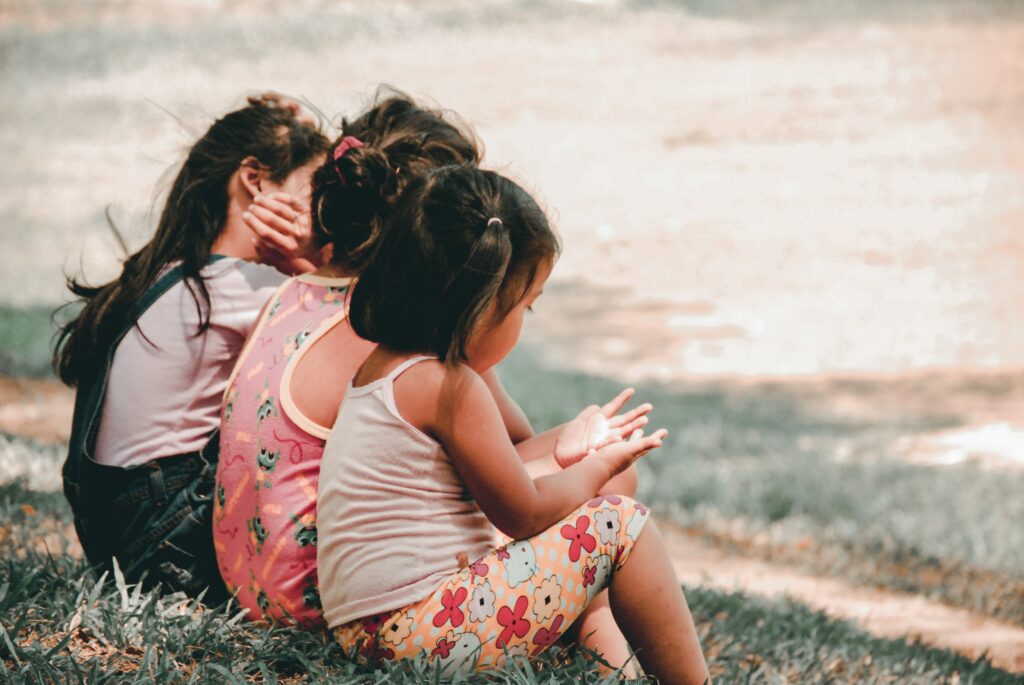
Face-to-face communication is essential in fostering strong relationships, developing social skills, and building emotional intelligence among children. When interacting with others in person, kids learn how to read facial expressions, interpret body language cues, listen actively, and respond empathetically – all vital life skills that cannot be acquired through AI-generated conversations alone.
By implementing these strategies, we can help our children develop a balanced relationship with technology like ChatGPT without compromising essential human connections. Remember, moderation is key – it's all about finding the right balance between embracing innovation and nurturing personal relationships.
To ensure children develop strong relationships and self-confidence, it is important to strike a healthy balance between screen time and human interaction. To keep kids safe on chatGPT, it's essential to understand the risks of cyberbullying and how to deal with them effectively.
No, ChatGPT is not appropriate for kids. ChatGPT is a natural language processing-based AI chatbot that produces replies to user input. As such, the content of these conversations may be too mature or inappropriate for children aged 3-10 years old. Additionally, due to its AI capabilities, it could lead to unpredictable and potentially dangerous outcomes if used by young children without proper supervision from a responsible adult.
The best way to stop your child from using ChatGPT is by setting clear boundaries and expectations. Explain to them why you don't want them using it, such as the potential for inappropriate content or cyberbullying. Set up parental controls on their device that will block access to the app, and consider installing a monitoring program that can alert you when they try to use it. Finally, talk with your children about responsible online behavior and ensure they understand the risks of using chat apps like ChatGPT.
Yes, ChatGPT is a safe and secure platform for parents to use with their children. ChatGPT incorporates high-level safety protocols, such as encryption and two-factor authentication, to guard data against any unapproved access. Additionally, it offers features like time limits, content filters, and activity monitoring so that parents can have peace of mind when allowing their kids to use the app.
Parents should ensure their child has safe and secure social media account by setting up parental controls. These can include blocking inappropriate content, monitoring the amount of time spent on each platform, and restricting who they interact with online. Parents should talk to their kids about using social media appropriately and securely. Parents should also promote mindful behavior from their children regarding what is posted on digital platforms to help protect them from potential hazards.
It is important for parents to take the necessary steps to keep their kids safe on ChatGPT. By understanding the potential risks, implementing parental controls, and finding alternatives when needed, parents can ensure that their children are not exposed to inappropriate content or online predators while using this powerful AI-based tool. With these precautions in place, it's possible for families to enjoy all of the benefits of ChatGPT without compromising safety.
Take control of your child's online safety with Carrots&Cake. Our app helps kids develop healthy digital habits, giving them peace of mind and providing them with a positive screen time experience.




